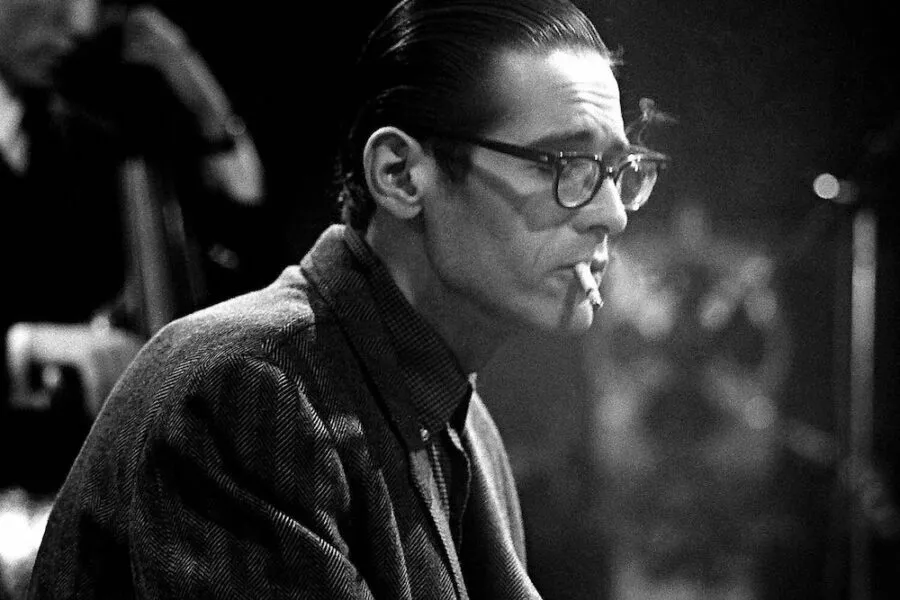The Creative Process and Self-Teaching

Evans discusses the step-by-step process of creative problem-solving.
Be real and true
People tend to approximate the product rather than attacking it in a realistic, true way at any elementary level — regardless of how elementary — but it must be entirely true and entirely real and entirely accurate. They would rather approximate the entire problem than to take a small part of it and be real and true about it.
If you're confused, you won't find your way out
To approximate the whole thing in a vague way gives you a feeling that you've more or less touched the thing, but in this way you just lead yourself toward confusion and ultimately you're going to get so confused that you'll never find your way out.
Build on what you know
They're trying to do a thing in a way that is so general that they can't possibly build on that. If they build on that, they're building on top of confusion and vagueness and they can't possibly progress. If you try to approximate something that is very advanced and don't know what you're doing, you can't advance.
Subconscious
The whole process of learning the facility to play jazz, is to take these problems from the outer level in, one by one, and to stay with it at a very intense conscience concentration level, until that process becomes secondary and subconscious. Now, when that becomes subconscious, then you can begin concentrating on that next problem, which will allow you to do a little bit more…
1 Theory: Bill Evans on the Creative Process and Self-Teaching
2 Presentation Zen: Bill Evans on the Creative Process & Self-Teaching
3 Jazz Legend Bill Evans on the Creative Process, Self-Teaching, and Balancing Clarity with Spontaneity in Problem-Solving